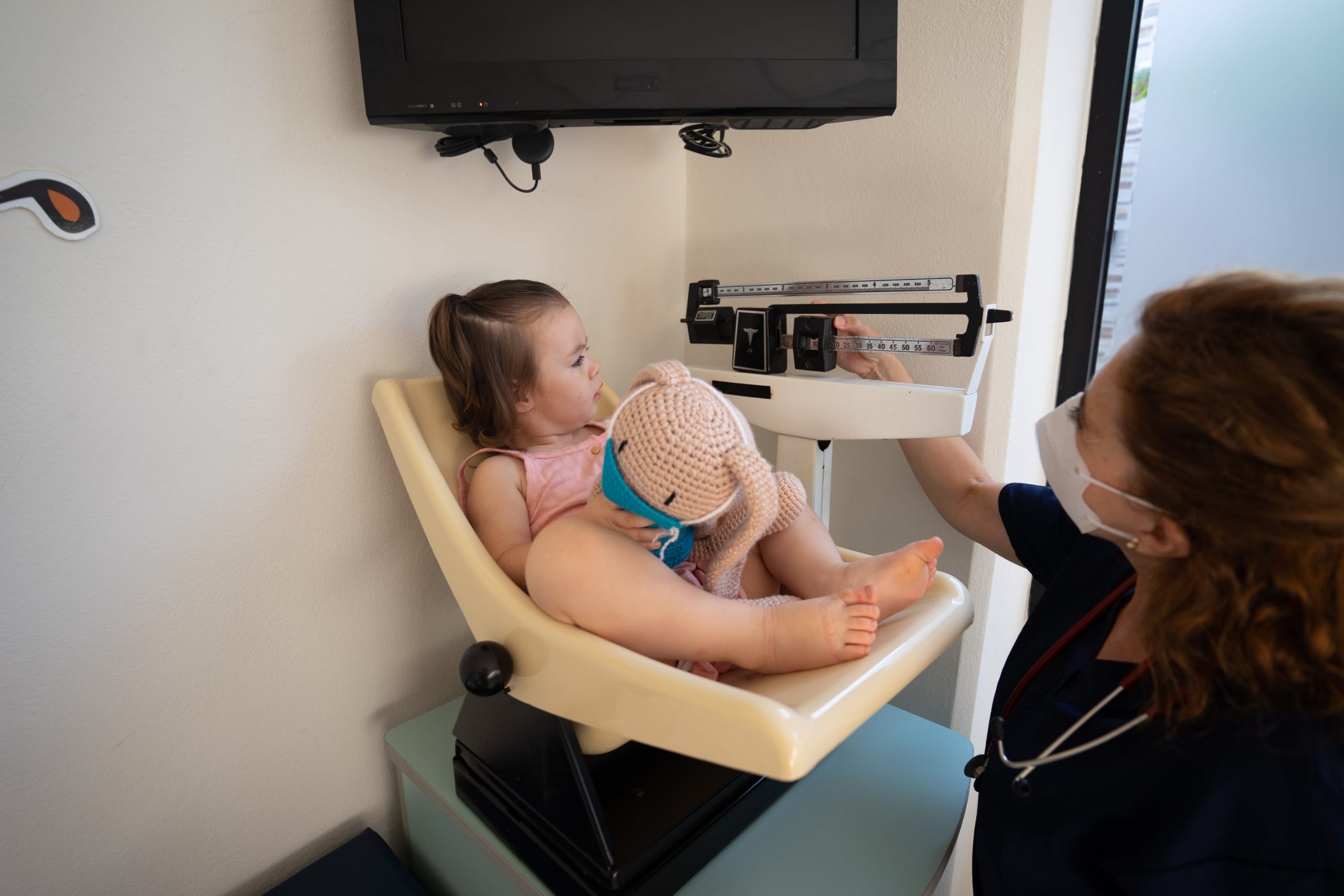
Megan Udinski, FISM News
[elfsight_social_share_buttons id=”1″]
The Centers for Disease Control and Prevention (CDC) alongside the American Academy of Pediatrics (AAP) have made changes to the developmental milestone checklists used at routine pediatrician visits from birth to 5 years.
Since their inception in 2004, the screening tools have never been updated, and many pediatricians, such as Paul Lipkin from the Kennedy Krieger Institute in Baltimore, agree that “This has been a need that is long overdue.”
Pediatrician Jennifer Zubler, lead author of the paper Evidence-Informed Milestones for Developmental Surveillance Tools, explains the process and purpose for the changes made to the benchmark lists in a short video.
While these changes aim to identify children with developmental delays earlier, when intervention is often most successful, there is still an aspect of experimentation and reflection to see if the changes made will have any real benefit.
The main goals by the expert working group are to discern evidence-based milestones to include in CDC checklists and to make it clear which milestones most children can be expected to reach at certain ages by adjusting the percentage from 50% to 75%. In particular, this last goal is attempting to thwart the parental mindset of “wait-and-see” in hopes of providing more clearly for pediatricians that earlier interventions are necessary.
Additionally, 15-month and 30-month milestone checklists have been added as part of the health supervision visits. Of the previous milestones, 26.4% have been removed and 40.9% have been replaced. Of the remaining milestones, approximately one-third have been reallocated to different age groups, the majority of which moved to older age groups.
Through the research performed by the expert group, it is evident that data is lacking on normative cognitive and social-emotional milestones. In an attempt to combat this, the group added a four-month benchmark of smiling at strangers which, if lacking, is one of the earliest signs of autism.
Patty Vazquez, an early-intervention occupational therapist from Chicago, said, “I think that it is always good to catch things sooner to help a child develop a strong foundation upon which they can stack and build the variety of skills that they need to succeed in all the domains of development.”
Amanda Palo has a son who went without an autism diagnosis until he was seven years old, even though she had initially raised concerns with his pediatrician when he was just two. Had the new changes been made to the two year old screening checklist back then, Palo would have had a much easier time getting her son the early intervention he needed. She remarks, “I feel as if all the pieces were there and no one, including myself, was able to properly put them together for quite some time. I do have some guilt about not getting his diagnosis sooner, but I’m doing my best to get him all the support he needs now and for the future.”
